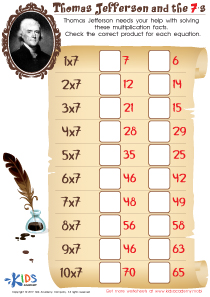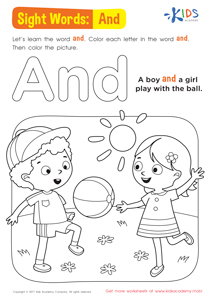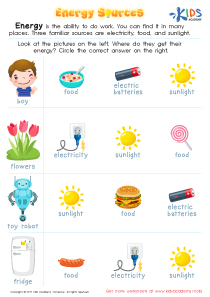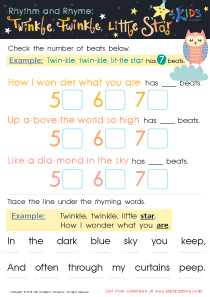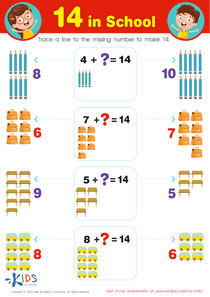Science Lessons | Force and Interactions, Grade 1
0 results
Our Force and Interactions Lessons for Grade 1 are designed to build a strong foundation in the science of physics. The interactive worksheets and educational videos make it easy for children to understand the concepts of force and how various interactions work in the world around them. We also provide assessment quizzes that help children gauge their learning progress. With our lessons, your child will learn about push and pull, friction, gravity, and many more exciting topics. Enroll your child in our Force and Interaction Lessons today and give them a strong start in the world of physics!
The Force and Interactions Lessons that we offer for children in Grade 1 are an essential part of their education. These lessons are designed not only to help children understand the concept of force and interactions but also to prepare them for their future studies. By providing interactive worksheets, educational videos, and assessment quizzes, we aim to make the learning experience more engaging and enjoyable for the students.
One of the benefits of the Force and Interactions Lessons is that they help children grasp the fundamental concepts of physics at an early age. These lessons cover the basic principles of motion, such as the laws of Newtonian physics, which are the foundation for more complex concepts that children will encounter in later years. With our interactive worksheets and videos, children can learn about the different types of forces, how they work, and their impact on objects. They can also visualize the interactions between different objects and understand how these interactions affect the movement of those objects.
Moreover, our Force and Interactions Lessons can also help children develop critical thinking skills. By engaging in activities that require them to analyze, hypothesize, and problem-solve, children can develop a better understanding of how to approach complex problems. They can also learn how to apply scientific concepts to everyday situations. For example, they can learn how to calculate the force required to move an object or how to identify the forces that act on an object in motion. These skills will be invaluable as they progress through their education and beyond.
Another advantage of the Force and Interactions Lessons is that they can help children improve their analytical and observational skills. As children engage in various activities and experiments, they learn how to observe, hypothesize, and draw conclusions from their observations. These skills are essential for developing a deeper understanding of how the world works and for making informed decisions. Our assessment quizzes also provide an opportunity for children to assess their own understanding of the concepts covered in the lessons and identify areas where they need further improvement.
In conclusion, the Force and Interactions Lessons that we offer for children in Grade 1 are an excellent way to help students grasp the basics of physics, develop critical thinking skills, and improve their analytical and observational skills. By providing an engaging and interactive learning experience, we can set children on a path to success in their future studies. We believe that these lessons will inspire children to pursue a deeper understanding of the world around them and to become lifelong learners.
